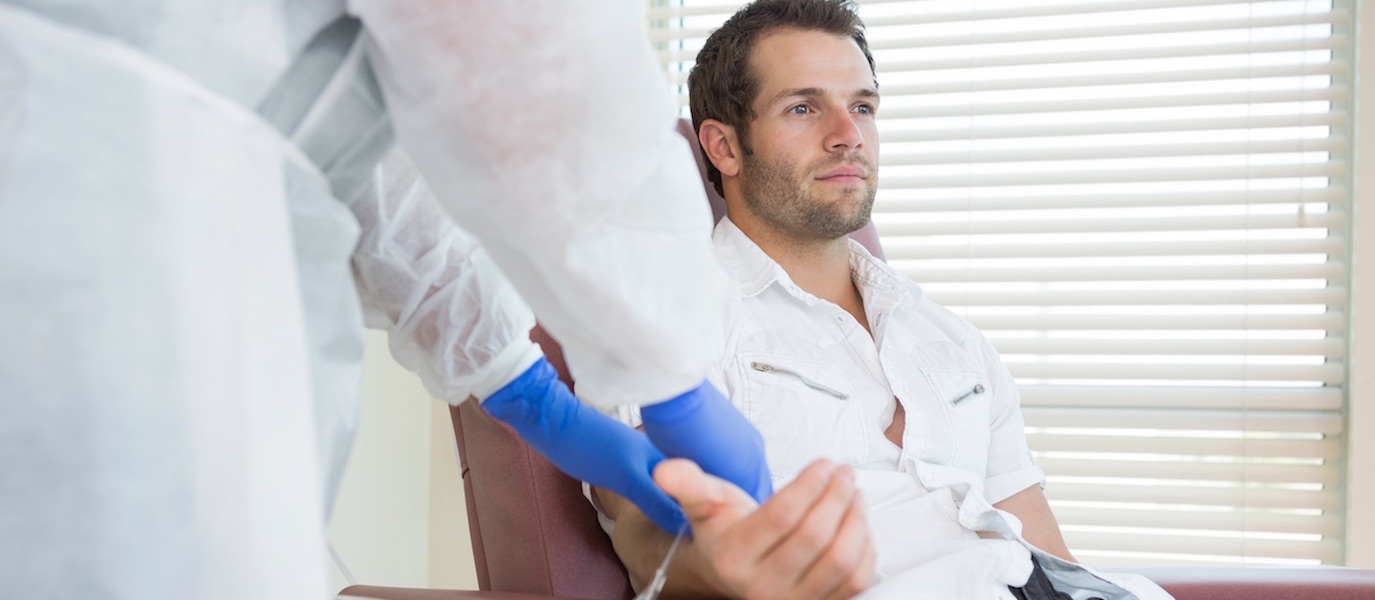Global risks lead to global opportunities – Part 3: Resistance to life saving medicine
The Global Opportunity Report 2016 offers opportunities to reduce rising resistance to antibiotics, which has been identified as one of the five risks facing the world this year.
Antibiotic resistance is on the rise. We are faced with the possibility of common infections causing death because the drugs we are using don’t work anymore. Stemming from over prescription and over use in agriculture, antibiotics are losing their effectiveness. Numerous antibiotics are in the same class of medicine, and resistance to one can mean resistance to many others. Medications that treat fungi, parasites and viruses are suffering similar resistances, leading to the wider concept of antimicrobial resistance (AMR). There has been a drastic rise in the number of cases of fatalities from AMR, with 60,000 deaths in the USA and Europe annually.
Fixing an issue like this takes time and resources, but what if we could make it productive for all involved? The report asks us to take an optimistic viewpoint and presents three opportunities in the face of the risk of resistance to life saving medicine.
The first opportunity presented is antibiotic free food. Animal agriculture is the largest consumer of antibiotics globally. They are used not only to treat illness, but to increase animals’ growth rate and to prevent illnesses that arise from unhealthy living conditions. But with increasing awareness, more consumers have the power to push for antibiotic free meat. Antibiotic free meat will also reduce antibiotics in run-off from farms into water-ways. Along with a shift in consumer demand, there is political leadership on the issue, with the World Health Organization recently releasing a global action plan to combat antibiotic resistance in food that encourages countries to develop their own action plans.
Secondly the report highlights the opportunity of a new business model for antibiotics. Cost can often be a barrier to the development of new antibiotics; it is not uncommon for the development to rack up a bill of over a billion dollars. However, when the large cost of antimicrobial resistance to society is considered through loss of productivity and cost of health care, the cost of developing new antibiotics can be seen in perspective and this creates the opportunity for new business models to thrive. These new business models could come through public-private funding creating innovative financing models, regulatory tools, and new approaches to research and development such as open source development.
The final opportunity identified is precision treatment. Advancements in diagnostic tools mean that doctors will soon be able to target only the bad bacteria, and can administer more precise narrow spectrum antibiotics. Precise diagnoses not only have the potential to reduce the overuse of broad-spectrum antibiotics leading to the rise in resistance, but could provide a gentler, more effective treatment for the patient. Other forms of precision treatment, such as antibiotics that ‘switch off’ when not in an infected part of the body, are still in the research phase, but could eventually contribute to the solution.
A participant in the UN Global Compact, Court Heath Consulting seeks to raise awareness about the Sustainable Development Goals and the principles of the UN Global Compact with business and government organisations in Victoria.
For more information about the Global Opportunities Report, please see our previous ‘Global risks lead to global opportunities’ blogs:
Part 1: Oceans
Part 2: Accelerating transport emissions
* * *
IMAGE: Used under licence from shutterstock.com
 CourtHeath Consulting
CourtHeath Consulting CourtHeath Consulting
CourtHeath Consulting